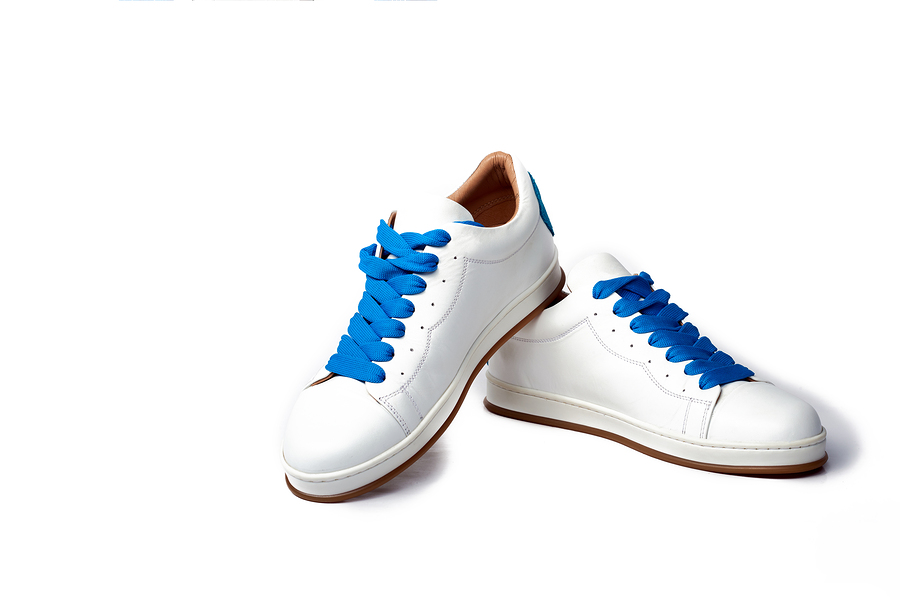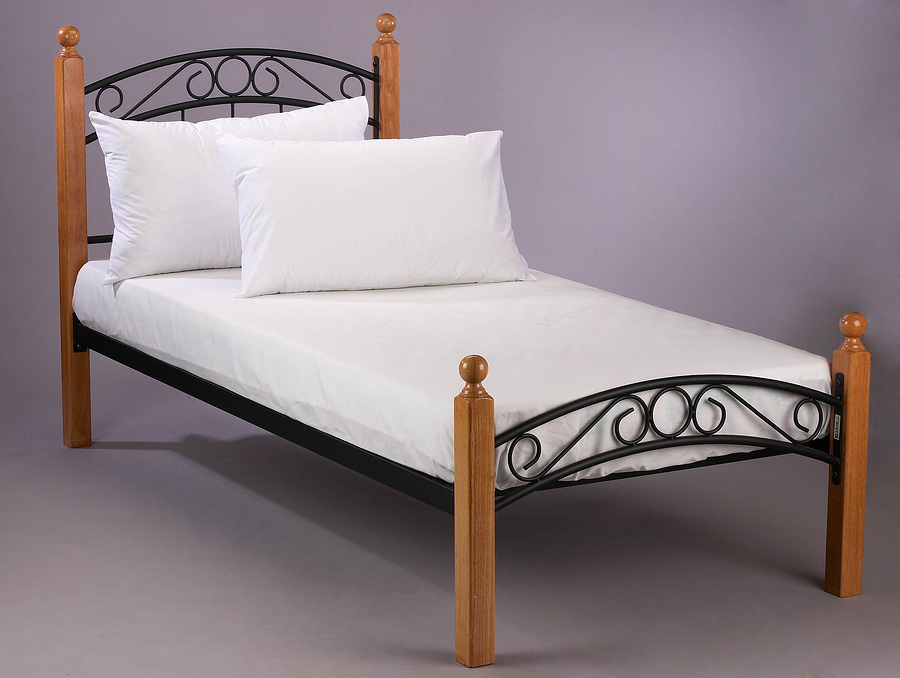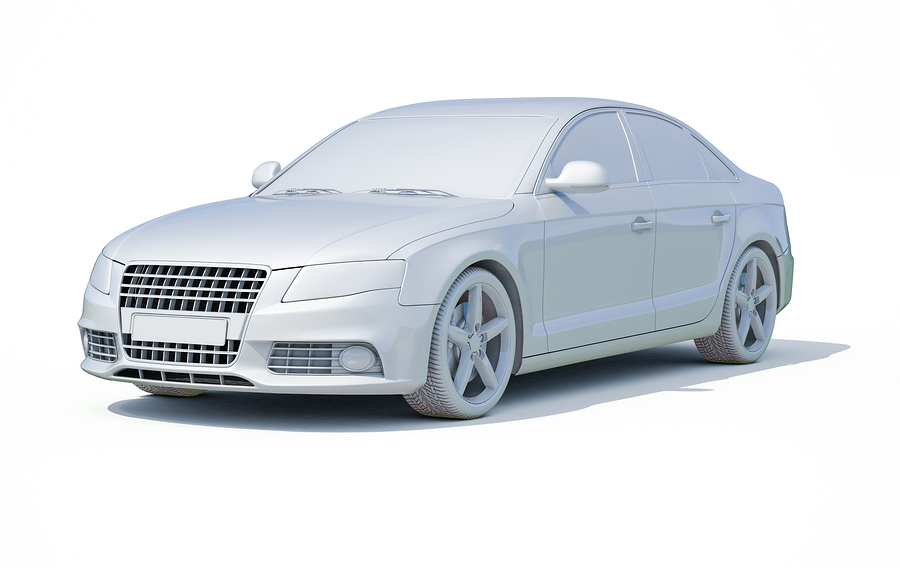Answer

Dec 06, 2018 - 06:32 AM
The agreement in the e-commerce world right now is that in-context product photography is the way to go.
Branding nowadays is all about lifestyle. People want “brand stories,” not just items to buy. And without context, it’s very hard to have your products become part of that story - a story that consumers will want to buy into.
You’re selling a lifestyle, not just an item. A photo of a bed frame on a blank background might draw attention from people looking for that specific style. But a photo of a bed frame in a beautiful bedroom with chic bedding will also attract the eyes of those who weren’t necessarily looking for that style at all. They get drawn in by the lifestyle shown alongside the product.
To put it more simply, context allows you to put emotion in your images. While it’s hard to find big sets of data on white backgrounds versus contextual backgrounds in e-commerce, there’s plenty of data on the power of emotional marketing. Many studies point to emotional responses as a primary driver of buying decisions. And it’s easy to see how a contextual photo would convey more emotions than an out-of-context photo.
Use your photos to tap into the aspirational side of people’s emotions. Show consumers the life they wish they had, and they might just buy the product, because it looks like it will take them one step closer to that lifestyle. Below are just a few examples of plain versus contextualized products. Which images make you feel an emotional response?
One more note: it is important that your staged photos still fall within a theme. Contextual images shouldn’t make your site look cluttered, but if the images have no unifying elements, they will. Make sure to nail down your brand’s visual style and use that to create images that fit with the brand’s “look,” so you don’t just have a random assortment of pictures on your site. Although I’ve used stock photos for the examples below, you should really invest in high-quality product photography and avoid stock photos.












Add New Comment